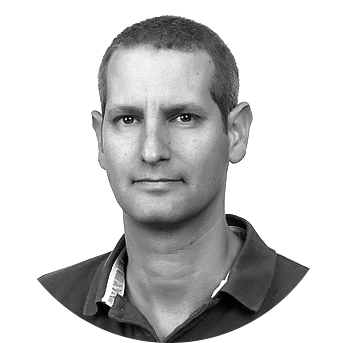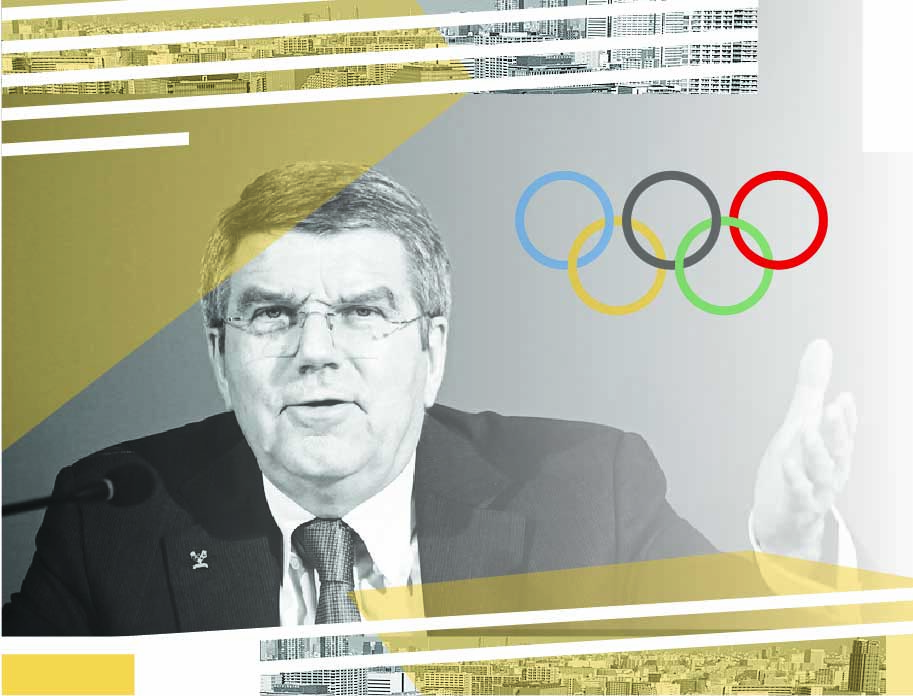
Prof Ilan Tamir
Chair of School of communication at Ariel University. His research interests focus on sport, society and the media. Prof. Tamir served as a visiting scholar at Harvard University and Northeastern University (Center for the study of sport in society).

Section 2: Media Coverage & Representation
- Twitter conversations on Indian female athletes in Tokyo
- ”Unity in Diversity” – The varying media representations of female Olympic athletes
- The Olympic Channel: insights on its distinctive role in Tokyo 2020
- How do we truly interpret the Tokyo Olympic ratings?
- Between sexualization and de-sexualization: the representation of female athletes in Tokyo 2020
- Reshaping the Olympics media coverage through innovation
- An Olympic utopia: separating politics and sport. Primary notes after analyzing the opening ceremony media coverage of mainstream Spanish sport newspapers
- What place is this? Tokyo’s made-for-television Olympics
- The paradox of the parade of nations: A South Korean network’s coverage of the opening ceremony at the 2020 Tokyo Olympics
- Tokyo 2021: the TV Olympics
- Why we need to see the “ugly” in women’s sports
- “The gender-equal games” vs “The IOC is failing black women”: narratives of progress and failure of the 2020 Tokyo Olympics
- Ghana: Poor local organizing, and absence of football team dampens interest
- Megan Rapinoe: The scary Bear for many Americans?
- ‘A Games like no other’: The demise of FTA live Olympic sport?
- Temporality of emotionalizing athletes
- Fandom and digital media during the Tokyo 2020 Olympic Games: A Brazilian perspective using @TimeBrasil Twitter data
- Media wins medal for coverage of athletes as people, instead of entertainers
- Media frames and the ‘humanity’ of athletes
- Reporting at a distance. Stricter working conditions and demands on sports journalists during the Olympics
- New Olympic sports: the mediatization of action sports through the Olympic Games 2020 Tokyo
- Simone Biles, journalistic authority, and the ideology of sports news
- Representations of gender in the live broadcast of the Tokyo Olympics
- Americans on ideological left more engaged in Summer Olympics
- Nigeria: Olympic Games a mystery for rural dwellers in Lagos
- Equestrian sports in media through hundred Olympic years. A roundtrip from focus to shade and back again?
- Reshaping the superhuman to the super ordinary: The Tokyo Paralympics in Australian broadcasting media
- Is the Paralympic Games a second-class event?
- The fleeting nature of an Olympic meme: Virality and IOC TV rights
- Tokyo 2020: A look through the screen of Brazilian television
- Is the Paralympic Games a second-class event?
- How digital content creators are shaping meanings about world class para-athletes
- How digital content creators are shaping meanings about world class para-athletes
- The male and female sports journalists divide on the Twittersphere during Tokyo 2020
- Super heroes among us: A brief discussion of using the superhero genre to promote Paralympic Games and athletes
- “Everything seemed very complicated”: Journalist experiences of covering the Tokyo 2020 Paralympic Games
- Representing high performance: Brazilian sports journalists and mass communication professionals discuss their philosophies on producing progressive Paralympic coverage
- Representations of gender in media coverage of the Tokyo 2020 Paralympic Games
Although some see sport as a mass leisure activity, sometimes even superficial and violent, it is one of the most significant social mechanisms in modern society. Many researchers have pointed to the health, economic, political and educational roles of sport. Few are the institutions that can connect people who have almost nothing in common (and on the other hand, to break up families and deep friendships). From this perspective, there is a deep discourse on the role of sport in shaping identity, especially nationality. Benedict Anderson famously defined nationalism in terms of imagination. After all, there is no chance that a person will know even a tiny percentage of their people, and yet they will feel part of them and will sometimes even be willing to sacrifice their life for them. Indeed, for years countries have been able to develop images and symbols (flag, language, anthem, etc.) that will form a glue between sections of the population and turn the imagination into reality. Sport, not by chance, has over the years become one of the important national symbols. Historian Eric Hobsbaum (1990) put it well when he argued that the imagined community of millions seems more real when as a team of eleven named people. In other words, sport gives the national idea a body and a face and gives the people of the nation a sense that people like them represent them (and compete against the “other”).
A compelling example of this lively and emotional discourse took place on social media around the Israeli delegation to the Olympic Games in Tokyo. The size, quality, and diversity of the Israeli delegation have generally received much praise. However, the discussion regarding the authentic identity of the athletes arose in two salient contexts. The first context concerns American Jewish athletes who did not grow up and do not live in Israel, but by virtue of their Jewishness were granted Israeli citizenship and represented Isarel at games. For example, the members of the Israeli baseball team included only 4 players who were born and lived in Israel. A similar phenomenon can also be identified among equestrian riders. The question of whether there is justification for sending non-native Israeli athletes and whether their achievements are really exciting has arisen in many conversations on social media.
For example:
“How the hell is it allowed for Israel to “adopt” Americans who grew up in America and do not speak Hebrew so that they can play baseball, which is not played in Israel, with a blue and white flag at the Olympics?” July 29, 2021.
“Can We talk about the fact that we have an “Israeli” baseball team, but in practice they are all American? How do Israelis like to screw up the system, ahh?” August 01, 2021.
“So, the [Israeli] baseball team lost. Who care! A collection of Americans who thought they were at a camp” July 29, 2021.
Other posts talked about embarrassment or surprise that Israel has a baseball team at all.
The second expression of the phenomenon was a little more complex and reflected, more deeply, a hierarchy in the conception of nationalism. In an unprecedented way, Israel won two Olympic gold medals. The first was the gymnast Artem Dolgopyat and the second was the Rhythmic gymnast Linoy Ashram. Unlike Ashram, who was born in Israel, Dolgopyat immigrated with his family to Israel, when he was 12 years old after he was already a two-time national champion in Ukraine. In this case, too, arguments have been made on the social networks (albeit in a minority opinion) that the Ashram medal is more representative and more inspirational since she better embodies Israeliness.
For example:
“…Ashram’s win [Olympic gold medal] is more exciting than Artem’s [Olympic gold medal]. I know that he (despite 16 years in Israel) is still perceived as the one who was educated in the Ukrainian culture. Linoy is completely from here” August 07, 2021.
This is not a coincidence. After all, if the essence of identification with a national team athlete is related to the similarities between them and community members (in appearance, history, etc.), then people who are not “similar” because they grew up elsewhere or may look different may also represent the community a little less.
As part of the commercialization and globalization of sports, a clear erosion in the national status of sport can be seen in recent years. From the discourse that emerges on social media, it seems that even in the ultimate national-sports celebration, cracks are beginning to be revealed in this matter.

